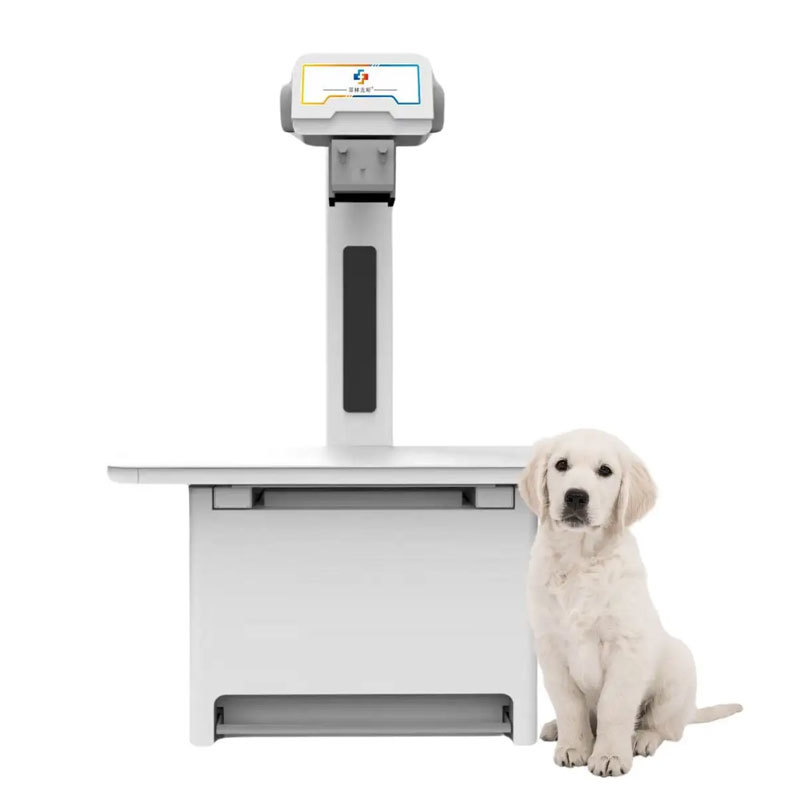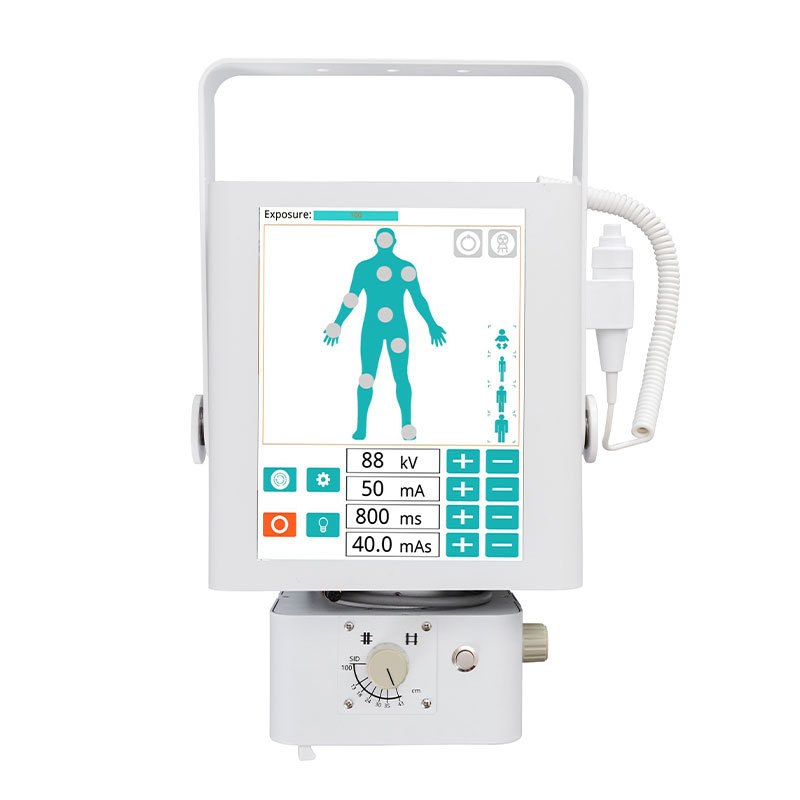Advancements in Veterinary X-ray Imaging Systems: What’s on the Horizon?
Advancements in Veterinary X-ray Imaging Systems: What’s on the Horizon?
Table of Contents
Introduction to Veterinary X-ray Imaging
The Importance of Advanced Imaging in Veterinary Medicine
Current Technologies in Veterinary X-ray Systems
Emerging Trends in Veterinary X-ray Imaging
Digital Radiography vs. Traditional Radiography
Artificial Intelligence in Veterinary Imagin
Advancements in Veterinary X-ray Imaging Systems: What’s on the Horizon?
Table of Contents
- Introduction to Veterinary X-ray Imaging
- The Importance of Advanced Imaging in Veterinary Medicine
- Current Technologies in Veterinary X-ray Systems
- Emerging Trends in Veterinary X-ray Imaging
- Digital Radiography vs. Traditional Radiography
- Artificial Intelligence in Veterinary Imaging
- Future Prospects for Veterinary X-ray Systems
- Conclusion
- FAQs
Introduction to Veterinary X-ray Imaging
Veterinary X-ray imaging is a cornerstone of modern veterinary diagnostics, offering insights into the health of pets and livestock alike. These systems are pivotal in diagnosing a variety of conditions, from fractures to tumors. As we delve into advancements in veterinary X-ray imaging systems, it is crucial to understand how technological innovations are shaping the future of animal health care.
The Importance of Advanced Imaging in Veterinary Medicine
Advanced imaging technologies, particularly X-ray systems, are essential for diagnosing illnesses and injuries in animals. Accurate imaging allows veterinarians to make informed decisions regarding treatment plans. With the rise of chronic diseases in pets and the increasing complexity of veterinary cases, the demand for superior imaging solutions is more pronounced than ever.
Benefits of Enhanced Imaging Techniques
Enhanced imaging techniques afford numerous benefits:
- **Improved Diagnostic Accuracy**: Enhanced resolution and clarity in images lead to more accurate diagnoses.
- **Faster Results**: Modern systems reduce the time required for imaging, allowing for quicker clinical decisions.
- **Patient Comfort**: Advanced systems often require less sedation or restraint, improving the overall experience for the animal.
Current Technologies in Veterinary X-ray Systems
Veterinary X-ray systems have evolved significantly, incorporating various technologies that improve functionality and user experience.
Traditional X-ray Equipment
While traditional X-ray machines are still in use, many veterinary practices are transitioning to digital systems for superior results.
Digital Radiography (DR)
Digital Radiography is becoming increasingly popular due to its ability to produce high-quality images quickly. The benefits of DR include:
- **Instant Image Review**: Veterinarians can view images immediately, facilitating faster diagnosis.
- **Lower Radiation Exposure**: DR systems typically require less radiation than traditional X-ray systems.
Emerging Trends in Veterinary X-ray Imaging
Innovation in veterinary X-ray imaging is driven by advancements in technology and a better understanding of animal care needs. Some notable trends include:
Portable X-ray Systems
Portable X-ray systems are gaining traction, particularly in emergency and field veterinary services. These systems allow for on-site diagnostics, providing immediate care to animals in need.
3D Imaging Technologies
Three-dimensional imaging is on the rise, allowing for more detailed visualization of anatomical structures. This technology can significantly enhance the diagnosis of complex conditions.
Digital Radiography vs. Traditional Radiography
A comparison between digital and traditional radiography reveals substantial advantages for digital systems.
Cost Efficiency
While the initial investment for digital systems may be higher, the long-term savings on film and processing materials make them more cost-effective.
Enhanced Image Quality
Digital radiography offers superior image quality, enabling veterinarians to detect subtle changes in animal health that might be missed with traditional methods.
Artificial Intelligence in Veterinary Imaging
Artificial Intelligence (AI) is revolutionizing veterinary diagnostics, particularly within imaging systems. AI algorithms analyze images to identify abnormalities, aiding in faster and more accurate diagnoses.
Benefits of AI Integration
- **Increased Diagnostic Accuracy**: AI can enhance the precision of image interpretation by highlighting potential areas of concern.
- **Streamlined Workflow**: AI can automate routine tasks, allowing veterinarians to focus more on patient care.
Future Prospects for Veterinary X-ray Systems
The future of veterinary X-ray imaging is bright, with ongoing research and development paving the way for exciting innovations.
Telemedicine and Remote Diagnostics
As telemedicine gains popularity, the integration of advanced imaging systems will enable remote diagnostics, allowing veterinarians to consult with specialists anywhere in the world.
Integration with Other Technologies
Future veterinary X-ray systems may integrate with other diagnostic tools, creating comprehensive health assessments that improve animal care.
Conclusion
Advancements in veterinary X-ray imaging systems are transforming the landscape of animal health care. With the integration of digital technologies, artificial intelligence, and portable systems, veterinarians are empowered to make faster, more accurate diagnoses. As we look to the future, the continued evolution of these technologies promises even greater improvements in veterinary medicine.
FAQs
1. What are the key advantages of digital X-ray systems in veterinary medicine?
Digital X-ray systems offer instant image viewing, lower radiation exposure, and superior image quality compared to traditional systems.
2. How has AI impacted veterinary imaging?
AI improves diagnostic accuracy and efficiency by analyzing images for abnormalities, allowing veterinarians to focus on patient care.
3. Are portable X-ray systems suitable for all animals?
Yes, portable X-ray systems are designed to accommodate various sizes and types of animals, making them ideal for field services.
4. What role does telemedicine play in veterinary diagnostics?
Telemedicine enables veterinarians to conduct remote consultations and diagnostics, enhancing accessibility for pet owners.
5. What future innovations can we expect in veterinary X-ray imaging?
The future of veterinary X-ray imaging includes advancements like 3D imaging technologies, enhanced AI integration, and improved telemedicine capabilities.
TAG:
Previous
Related Posts
Advancements in Veterinary X-ray Imaging Systems: What’s on the Horizon?
Advancements in Veterinary X-ray Imaging Systems: What’s on the Horizon?
Table of Contents
Introduction to Veterinary X-ray Imaging
The Importance of Advanced Imaging in Veterinary Medicine
Current Technologies in Veterinary X-ray Systems
Emerging Trends in Veterinary X-ray Imaging
Digital Radiography vs. Traditional Radiography
Artificial Intelligence in Veterinary Imagin



























